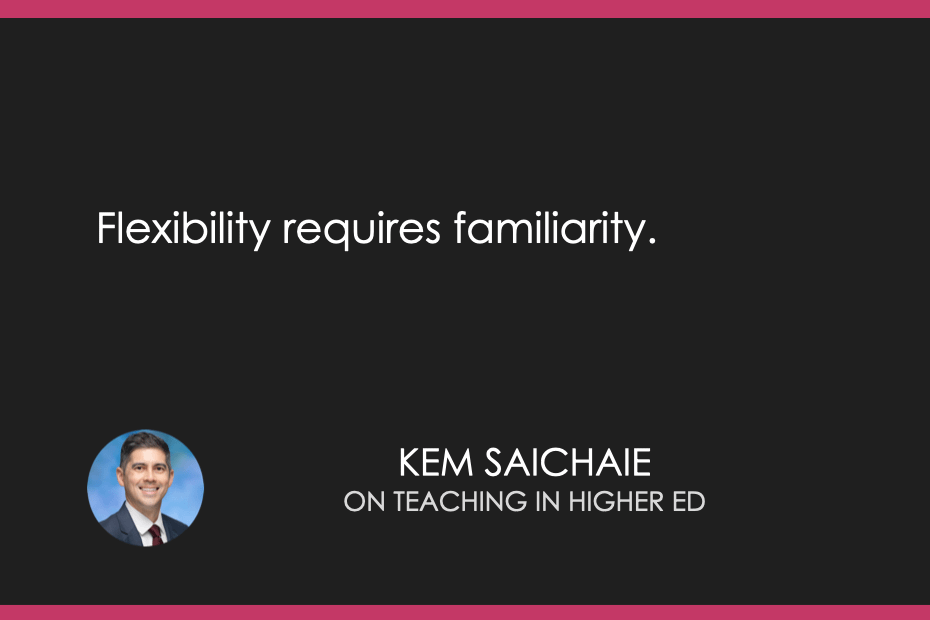
 Teaching in Higher Ed
Teaching in Higher Ed How to Teach in Active Learning Spaces
6 snips
Mar 14, 2024 Explore the evolution of active learning spaces in higher education, emphasizing inclusive environments and the role of technology. Discover tips for enhancing engagement and pronunciation, along with reflections on podcast theme music and audio production intricacies.
Chapters
Transcript
Episode notes
1 2 3 4 5 6
Introduction
00:00 • 2min
Exploring the Unique Campus of UC Davis
01:58 • 3min
Designing Active Learning Spaces in Higher Education
05:25 • 25min
Enhancing Engagement and Pronunciation Tips
30:51 • 8min
Reflections on Podcast Theme Music and Bumper Music
38:39 • 2min
Exploring the Intricacies of Podcast Audio Production
40:49 • 3min

